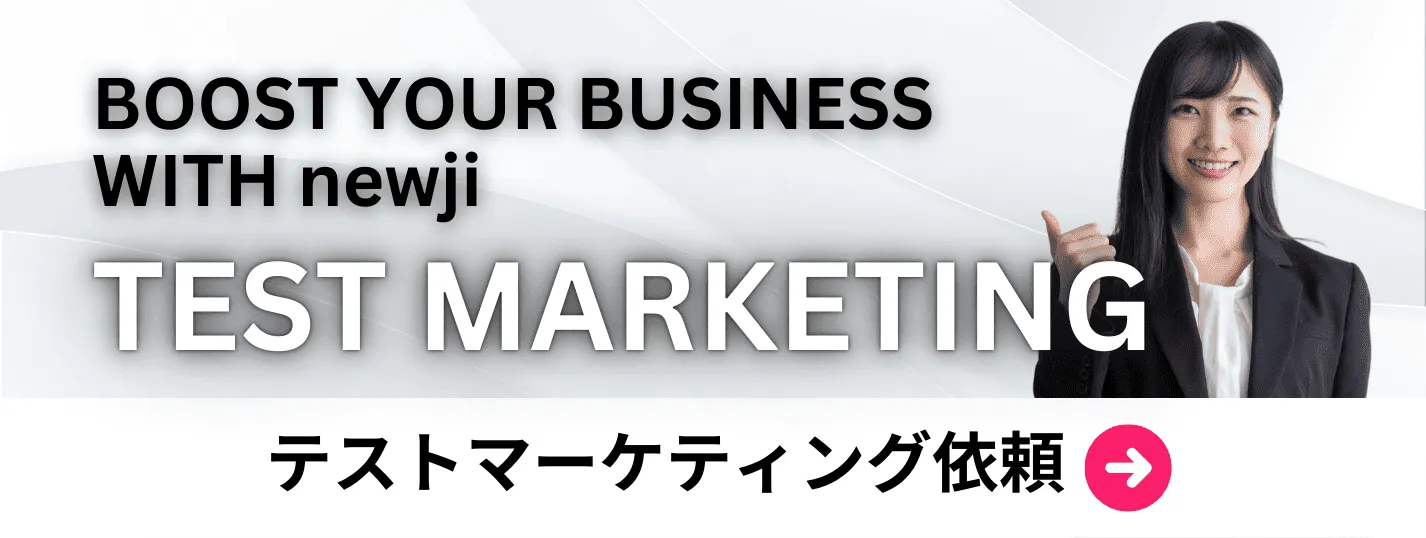- お役立ち記事
- Moisture transfer analysis using food molecular diffusion simulation
月間76,176名の
製造業ご担当者様が閲覧しています*
*2025年3月31日現在のGoogle Analyticsのデータより

Moisture transfer analysis using food molecular diffusion simulation

目次
Introduction to Moisture Transfer in Food
Moisture transfer in food plays a critical role in determining its shelf life, texture, and overall quality.
Understanding how moisture moves within food products can help in designing better packaging, improve storage conditions, and ultimately enhance food preservation techniques.
In recent years, molecular diffusion simulations have become an innovative method to study and analyze moisture transfer in food products.
The Basics of Food Molecular Diffusion
Before delving into moisture transfer analysis, it’s essential to understand the basic principles of molecular diffusion.
Molecular diffusion refers to the process by which molecules move from an area of high concentration to an area of low concentration.
In the context of food, this often involves water molecules migrating within the food matrix.
The Role of Water in Foods
Water is a major component in most foods and plays a significant role in various biochemical and physical processes.
It acts as a solvent for many food components, influencing texture and taste.
Moreover, the presence of water affects the growth of microorganisms, which can lead to spoilage.
Therefore, controlling moisture content in food products is crucial for maintaining quality and safety.
Simulating Moisture Transfer with Molecular Diffusion
Food molecular diffusion simulations are computer-based models that help understand and predict how moisture moves through food products.
These simulations use mathematical models to represent the physical and chemical properties of foods.
Modeling Techniques
Several modeling techniques are employed in food molecular diffusion simulations, including:
– **Fick’s Laws of Diffusion**: These laws form the foundation for modeling diffusion processes.
Fick’s first law describes the flux of molecules under steady-state conditions, while Fick’s second law deals with non-steady-state diffusion.
– **Finite Element Methods (FEM)**: This numerical technique divides a large problem into smaller, manageable parts known as finite elements.
By solving a series of equations, FEM allows for a detailed simulation of moisture transfer within complex food structures.
– **Lattice Boltzmann Methods (LBM)**: This method is particularly useful for simulating fluid dynamics and has been adapted for modeling diffusion in porous media like food.
Applications of Diffusion Simulation
Food molecular diffusion simulations have practical applications in various areas, including:
– **Packaging Design**: By understanding moisture exchange between the food and its surrounding environment, packaging materials can be optimized to reduce spoilage and extend shelf life.
– **Food Processing**: Simulations can help in designing processes like drying, freezing, and thawing, ensuring uniform moisture removal or retention.
– **Quality Control**: Predictive models assist in maintaining consistent product quality by anticipating how moisture content may affect texture and taste.
Challenges in Moisture Transfer Modeling
Despite the advancements in simulation technology, certain challenges persist in accurately predicting moisture transfer in food.
Complex Food Structures
Food products are composed of complex structures with varying compositions and properties.
This heterogeneity makes it difficult to generalize models across different types of foods.
Customizing models for specific foods is necessary, but this can be resource-intensive.
Accuracy of Input Data
The reliability of simulation results heavily depends on the accuracy of input data.
Physical, chemical, and structural characteristics of the food must be accurately measured and incorporated into the model.
Obtaining precise data, especially at the molecular level, presents a significant challenge.
Computational Demands
Molecular diffusion simulations, especially those using detailed models like FEM and LBM, require significant computational power.
High processing capabilities are needed to run simulations over realistic timeframes and conditions.
Future Directions in Moisture Transfer Simulation
The field of moisture transfer analysis using molecular diffusion simulations is rapidly evolving with emerging technologies and methodologies.
Advanced Computational Techniques
As computational technologies advance, more sophisticated and faster simulations are expected.
Machine learning and artificial intelligence hold potential in refining and accelerating simulation processes.
These technologies can improve predictive accuracy by learning from vast datasets.
Integration with Other Disciplines
Collaboration with other fields such as microbiology, material science, and food engineering can bring new insights.
Interdisciplinary approaches may lead to holistic models that better capture the multifaceted nature of food systems.
Sustainability and Food Security
Simulations will continue to play a crucial role in addressing global challenges related to food security and sustainability.
By optimizing moisture management, it is possible to reduce food waste and ensure the efficient use of resources.
Conclusion
Moisture transfer analysis using food molecular diffusion simulation represents a significant advancement in food science.
Despite the current challenges, ongoing research and technological advancements hold promise for improved food quality and safety.
Understanding and controlling moisture dynamics will continue to be a vital area of study in ensuring the sustainability and success of the global food industry.
 資料ダウンロード
資料ダウンロード
QCD管理受発注クラウド「newji」は、受発注部門で必要なQCD管理全てを備えた、現場特化型兼クラウド型の今世紀最高の受発注管理システムとなります。
 ユーザー登録
ユーザー登録
受発注業務の効率化だけでなく、システムを導入することで、コスト削減や製品・資材のステータス可視化のほか、属人化していた受発注情報の共有化による内部不正防止や統制にも役立ちます。
 NEWJI DX
NEWJI DX
製造業に特化したデジタルトランスフォーメーション(DX)の実現を目指す請負開発型のコンサルティングサービスです。AI、iPaaS、および先端の技術を駆使して、製造プロセスの効率化、業務効率化、チームワーク強化、コスト削減、品質向上を実現します。このサービスは、製造業の課題を深く理解し、それに対する最適なデジタルソリューションを提供することで、企業が持続的な成長とイノベーションを達成できるようサポートします。
 製造業ニュース解説
製造業ニュース解説
製造業、主に購買・調達部門にお勤めの方々に向けた情報を配信しております。
新任の方やベテランの方、管理職を対象とした幅広いコンテンツをご用意しております。
 お問い合わせ
お問い合わせ
コストダウンが利益に直結する術だと理解していても、なかなか前に進めることができない状況。そんな時は、newjiのコストダウン自動化機能で大きく利益貢献しよう!
(β版非公開)









